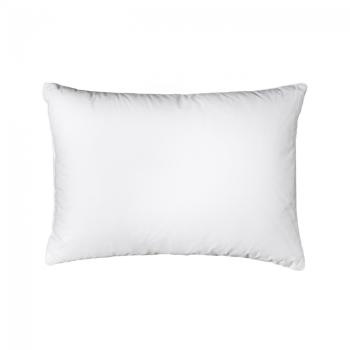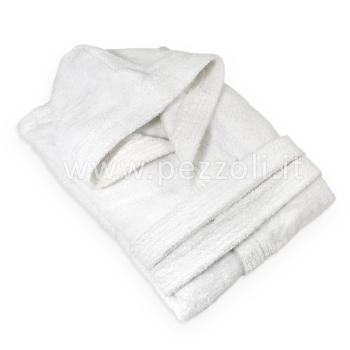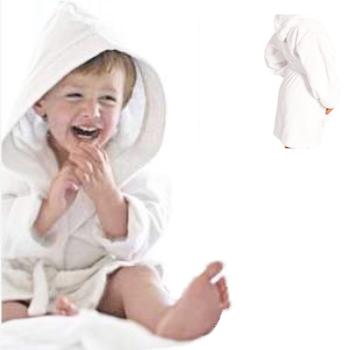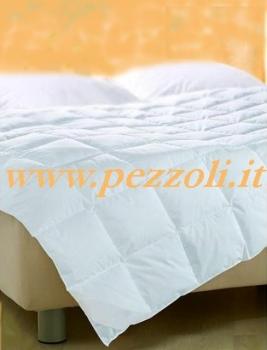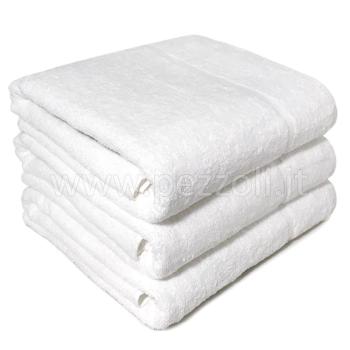Washing instructions
Here are a few tips as to how you should care for your clothes to ensure that they last a long time. We also explain the meaning of the different symbols on the washing label. Washing symbols have been formalised so that anyone anywhere should be able to understand the system.
- Textiles: Yarns, semi-finished products and finished pieces of fabric
-
Washing: Garments can be washed in water in a washing machine or by hand:
- Prewashing - garments may be laundered through the use of hottest available water, detergent or soap, agitation and a machine designed for this purpose.
- Rinsing – Gently squeeze garments in the washing water. Rinse thoroughly. A short spin removes excess water best.
Garments can be washed in water in a washing machine or by hand. - Chlorine bleaching: Any commercially available bleach product may be used in the laundering process to remove spots and/or whiten garments.
- Ironing: The work of using a heated tool to remove wrinkles from fabric.
- Dry-cleaning: Any cleaning process for clothing and textiles using an organic solvent rather than water. It includes cleaning, rinsing, spin and drying.
- Tumble drying: To make or become dry by rolling about in the heated rotating drum of a clothes dryer.
- Symbol description and definition: Here are 5 basic and 3 complementary symbols
|
Washing The bowl symbol indicates that the garment can be washed in water in a washing machine or by hand ( 1) | |
|
Chlorine bleaching The triangle indicates that the garment can be bleached using chlorine ( 2) | |
|
Ironing The iron symbol means that the garment can be normally ironed (3) | |
|
Dry-cleaning The circle indicates that the garment can be dry cleaned (4) | |
|
Tumble drying The rectangle is a symbol for tumble drying (5) | |
|
Treatment not allowed Apart from symbols 3.1.1 - 3.1.5., the cross means the treatment is not allowed. | |
|
Limitations Apart from symbols 3.1.1 - 3.1.6, the line under the bowl and the circle indicates any limitations to the normal washing and cleaning processes. | |
|
Washing The bowl symbol indicates that the garment can be washed in water in a washing machine or by hand (1). Within the bowl there is a figure indicating the temperature that should be used to wash the garment. The line under the bowl indicates any limitations to the normal washing process and reminds extra care should be taken (table I). |
Table I
| Symbol | Washing instructions |
|---|---|
| - maximum temperature: 95°C - normal agitation - normal rinse - normal spin | |
| - maximum temperature: 95°C - reduced agitation - rinse at a gradually decreasing temperature (through the gradual inclusion of cold water) - lower spin speed | |
| - maximum temperature: 70°C - normal agitation - normal rinse - normal spin | |
| - maximum temperature: 60°C - normal agitation - normal rinse - normal spin | |
| - maximum temperature: 60°C - reduced agitation - rinse at a gradually decreasing temperature (through the inclusion of cold water) - lower spin speed | |
| - maximum temperature: 50°C - reduced agitation - rinse at a gradually decreasing temperature (through the gradual inclusion of cold water) - lower spin speed | |
| - maximum temperature: 40°C - normal agitation - normal rinse - normal spin | |
| - maximum temperature: 40°C - reduced agitation - rinse at a gradually decreasing temperature (through the gradual inclusion of cold water) - lower spin speed | |
| - maximum temperature: 40°C - very reduced agitation - normal rinse - normal spin - do not wring | |
| - maximum temperature: 32°C - very reduced agitation - normal rinse - lower spin speed | |
| - hand wash only - do not machine wash - maximum temperature: 40°C - handle with care | |
| - do not wash in water - handle with care |
The triangle indicates that the garment can be bleached using chlorine (picture 2, table II).
Table II
Table II
| Symbol | Operation |
|---|---|
| - can be bleached with chlorine - cold water, diluted solution | |
| - must not be bleached |
The iron symbol means that the garment can be normally ironed (picture 3). With the symbol there are 1, 2 or 3 dots to indicate the ironing temperature (table III).
Table III
Table III
| Symbol | Operation |
|---|---|
| - high temperature, max 200°C | |
| - medium temperature, max 150°C | |
| - low temperature, max 110°C - do not steam | |
| - do not iron - do not steam |
The circle (picture 4) indicates that the garment can be dry cleaned (leather items and fur coats excluded). The letter inside the circle indicates the type of dry cleaning fluid to be used (table IV).
Table IV
Table IV
| Symbol | Operation |
|---|---|
| - dry clean, cleaning solvents as P, trichloroethylene and 1.1.1-trichloroethane | |
| - dry clean, tetracholoroethylene, monofluorine-trichloromethane and any dry cleaning solvent as F - usually employed without restrictions on proper dry cleaning procedure | |
| - dry cleaning solvents as P – the limitations refer to the water added, the mechanical process used and/or the drying temperature - do not dry clean at Laundromats | |
| - dry clean using trifluorinetrichloroethane and petroleum solvents only (boiling point between 150°C and 200°C, flammability point between 38°C and 60°C) - usually employed without restrictions on proper dry cleaning procedure | |
| - dry cleaning solvents as F - the limitations refer to the water added, the mechanical process used and/or the drying temperature - do not dry clean at Laundromats | |
| - do not dry clean - do not use solvents |
The rectangle is a symbol for drying. Many garments can also be tumble dried. (picture 5). The most important thing is to follow the symbol that indicates whether or not the garment should be tumble dried (1 or 2 dots, table V).
Table V
Table V
| Symbol | Operation |
|---|---|
| - a machine dryer may be regularly used at a maximum of medium heat setting - normal | |
| - a machine dryer may be regularly used at a maximum of low heat setting - low | |
| - do not tumble dry |




